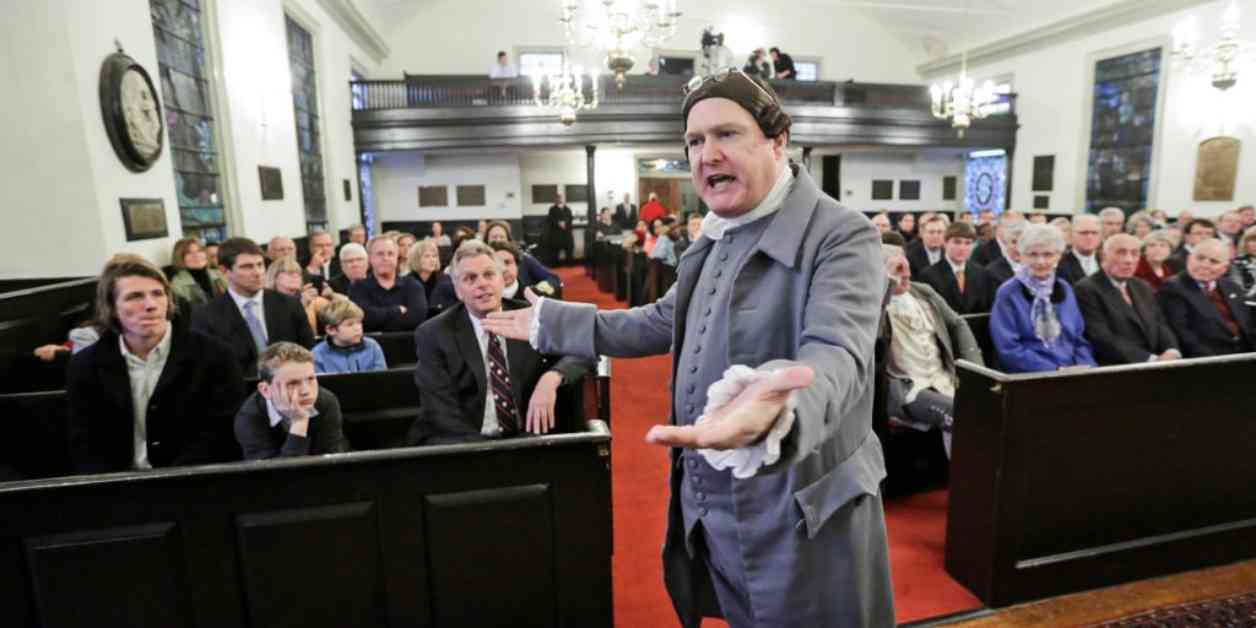The iconic phrase “Give me liberty or give me death!” has echoed throughout history, resonating from the 1989 Tiananmen Square protests in China to the COVID-19 anti-restriction movements in the U.S. in 2020. This powerful statement, often attributed to Patrick Henry, has been used as a call to action, a demand for equality, and a plea for freedom. But what is the true meaning behind these words, and why have they endured for over 250 years?
Uncovering the Origins
Patrick Henry, a lawyer and legislator born to an influential Virginia family in 1736, first uttered these words in a pivotal speech delivered to Virginia colonists on the cusp of the American Revolution. As tensions with Great Britain escalated, Henry’s impassioned plea for liberty struck a chord with many who felt oppressed and marginalized. The phrase, although only seven words long, encapsulated the fervor and urgency of the time, galvanizing the community to prepare for war against the oppressive British rule.
Historian John Ragosta, who has extensively studied Henry’s life and speeches, emphasized the communal aspect of Henry’s message. “The entire episode was about helping our brethren in Massachusetts,” Ragosta explained. “It’s about the community. It’s about the nation. It’s not about, ‘What do I get out of this personally?'” This sense of unity and shared purpose underscored the significance of Henry’s words, transcending individual interests in favor of a collective struggle for freedom.
Debunking the Myth
Despite the enduring legacy of “Give me liberty or give me death!” there remains some debate among historians about the veracity of Henry’s famous phrase. While some scholars, like Ray Raphael, question the authenticity of the quote, others, such as Jon Kukla, point to compelling evidence that supports Henry’s utterance of those words. The dramatic nature of Henry’s oratory, complete with gestures and visual cues, further reinforces the likelihood that he indeed spoke those iconic lines.
Jon Kukla also highlighted the cultural context of the time, noting that references to liberty and death were prevalent in literature and political discourse of the 18th century. The theme of sacrifice for freedom resonated deeply with Americans facing the prospect of armed conflict and uncertain outcomes. By invoking these powerful images and emotions, Henry effectively rallied support for the patriot cause and inspired others to join the fight for independence.
Legacy of Liberty
The impact of Henry’s speech reverberated far beyond the walls of the church where it was delivered. His call for liberty ignited a fervor for independence and fueled the expansion of Virginia’s militias in the face of British aggression. As the revolutionary spirit spread, the concept of liberty versus license emerged as a crucial distinction in defining the boundaries of freedom.
Patrick Henry’s descendant, Patrick Henry Jolly, reflected on the enduring relevance of his ancestor’s words. “It’s something that can be applied to many different circumstances,” Jolly mused, acknowledging the adaptability and universality of the phrase. Whether as a historical artifact or a contemporary rallying cry, “Give me liberty or give me death!” continues to inspire people from all walks of life to stand up for their rights and defend the principles of freedom and justice.
In conclusion, Patrick Henry’s iconic declaration encapsulates the enduring struggle for liberty and the sacrifices made in pursuit of freedom. As we commemorate the 250th anniversary of this pivotal moment in American history, let us remember the courage and conviction of those who fought for liberty, echoing Henry’s timeless words as a beacon of hope and inspiration for generations to come.














